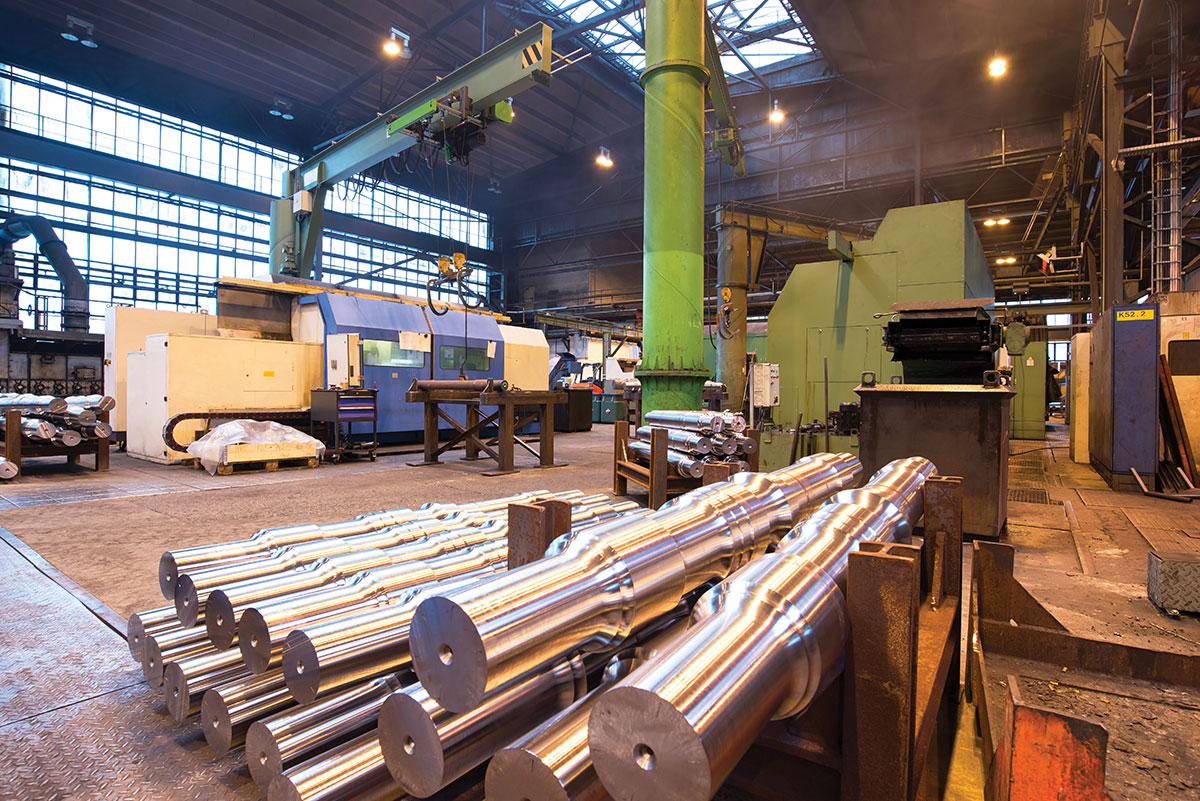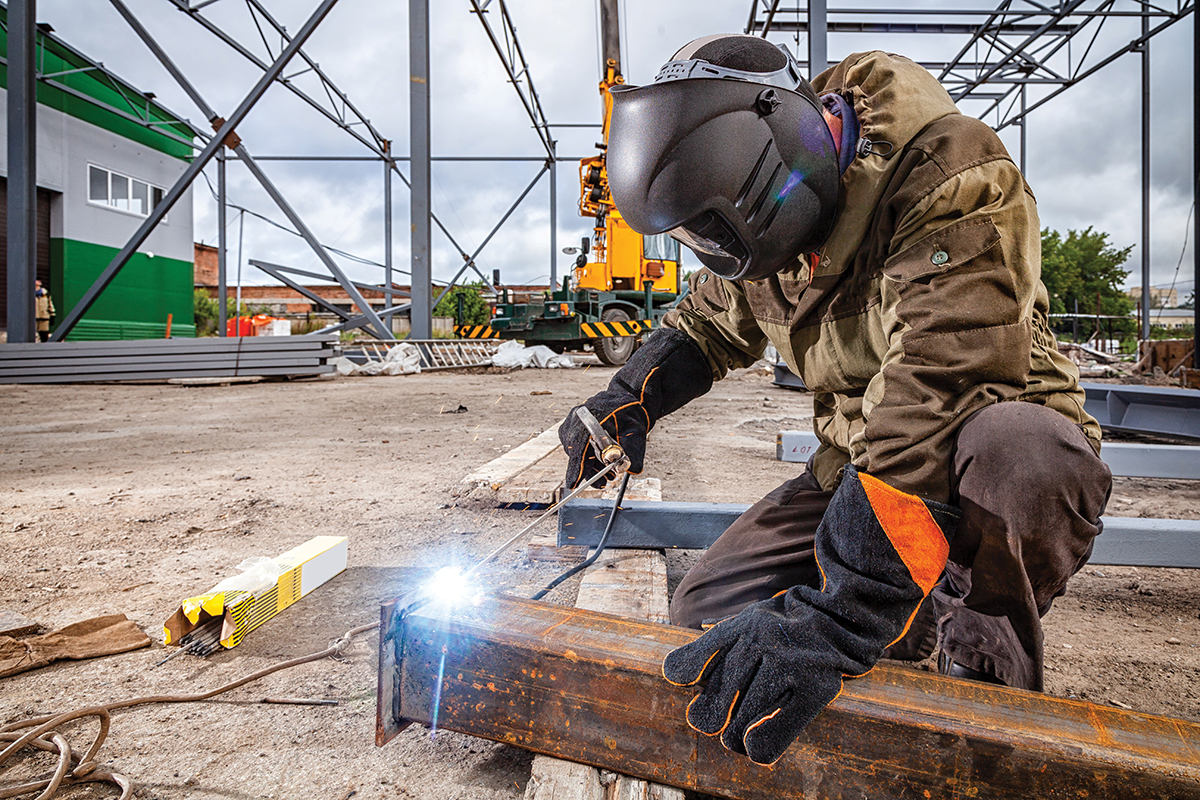As summer quickly approaches, electrical workers will be doing everything from minor repairs to major renovations on swimming pools to get them ready for summer use. As the amount of electrical work on or near pools rises, so also does the risk of major safety hazards that all electrical workers should be aware of, including arc flash.
In the simplest of terms, arc flash is a phenomenon that occurs when a flashover of electric current leaves its intended path and travels through the air from one conductor to another or to the ground itself. This usually happens when there is a sudden break in the circuit or current that the electricity is flowing through. Because energy cannot be created or destroyed, electricity follows this same sentiment and does not like it when there are sudden breaks in the energy flow. Thus, if there is a break, the electricity needs a new outlet for the energy to be transferred to, so it “jumps” to the next closest conductor or ground, causing an arc. When proximity to a swimming pool or a humid day is added to the equation, the chances of an arc flash occurring are even higher than normal as water lowers the resistance and allows electricity to conduct at lower voltages and current.
Although this “jump” of energy may seem inconsequential, it is extremely dangerous as the combination of intense heat and electrical energy in the flash can even melt solid metal and easily leave a worker with serious skin burns and even death. But just to further put the heat and power of an arc flash into perspective, consider this: scientists have quantified that the average human skin at 1.2 calories of incident thermal energy for one second before the onset of a second-degree skin burn occurs. In a larger system, an arc flash may be of much larger value, 40 calories or above of heat. Essentially, this means that a person exposed to a 40-calorie arc flash could receive more than 33 times the amount of heat on their skin than the maximum amount of heat that causes a second-degree skin burn. In other words, the possibility of severe burns is almost guaranteed for anyone fully exposed to a high-energy arc flash without proper protective equipment.
It is the severe burn risk that makes arc flash such a critical safety hazard for electrical workers and anyone else in the vicinity of the work area, especially anyone who is in contact with swimming pools or humidity and isn’t following proper safety precautions near the electrical equipment. There are, however, a set of best practices and safety guidelines that can help protect against arc flash burns and prevent injuries from occurring in the first place. The most notable way to protect against arc flash is simply to make absolutely sure the power supply for the correct circuits is fully turned off before starting work on any electrical equipment. This may seem obvious, but sometimes electrical workers will not turn off the power supply because they’re in a rush or perhaps feel it’s unnecessary, which is a dangerous risk for everyone, including the homeowner. Additionally, equipment that is properly designed, installed, and kept up to date on maintenance are good practices that further reduce the risk. For workers, wearing rubber gloves, using protective suits, and strictly following training protocols are all unique ways in which an individual can protect themselves and greatly reduce injury risk should an arc flash occur.
One more word of caution: do not assume you are safe if you are not the person working on the system. An arc flash can not only burn the person doing the work but can also affect other persons in the near vicinity, whether a helper or even the homeowner. The safest method of protection from any electrical hazard is to make sure to turn the power off before performing any work on electrical equipment. Before performing any work on energized electrical equipment, either ensure everyone in the hazard area is properly protected, or unprotected persons are safely away. Be sure you inform the homeowner to stay inside, as well as other family members and pets; to ensure their safety – this is the very best precaution for them. Explain why to better ensure they will be compliant.
Understanding the hazard zone is critical to preventing arc flash injury. You should calculate how far flash energy can be dangerous and the distance needed to be out of the hazard zone. The IEEE Standards Association (IEEE SA) has created a guide for performing arc flash hazard calculations to help reduce burn injuries suffered by electricians due to equipment failure. This guide, also referred to as IEEE 1584™ provides mathematical models for designers and facility operators to apply to calculate arc flash energy and arc flash boundary where an arc flash burn hazard exists. Electricians and facility owners can use these models to more thoroughly be able to analyze power systems and calculate the incident energy to which employees could be exposed during operations and maintenance work. This will allow them to provide appropriate protection for employees in accordance with the requirements of applicable electrical workplace safety standards.
With the help of IEEE 1584 standard and by following other safety precautions such as proper maintenance, electrical workers can greatly reduce the risk of arc flash and risk of injury due to arc flashes and can help keep themselves, their employees, and homeowners safe from arc flash burns and other related injuries. To learn more about IEEE SA, the IEEE 1584 standard, and additional ways to reduce arc flash-related risk visit https://standards.ieee.org/ieee/1584/5802/?utm_source=iaei&utm_medium=pr&utm_campaign=nesc-2022&utm_content=arc-flash.















Find Us on Socials